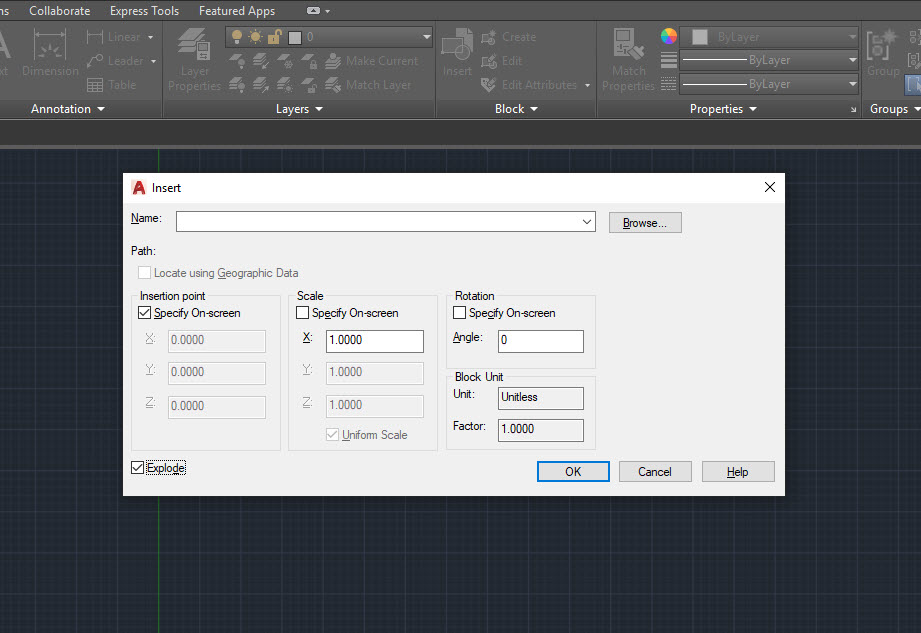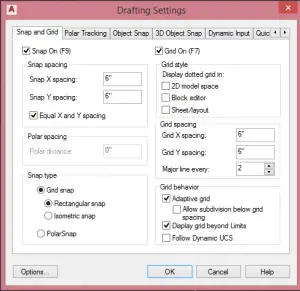

Autodesk Products How Does this Affect AutoCAD Drawings in 2017 and Beyond?

So if you want to understand this a little better, click here. Notice that the difference between these is more than 23 feet in the X direction and over 7 feet in the Y direction! That’s a pretty big deal, right? The National Geodetic Survey has a great video that discusses the difference between International Feet and US Survey Feet, and why it is important to know which foot you are using. But, let’s take a look at something bigger, like the coordinates of a single sewer manhole in Virginia State Plane (South Zone) coordinates: The difference is only about 3 ten-thousandths of a foot, which is only about 4 thousandths of an inch and is negligible. 50 meters = 164.0420 International Feet.Let’s look at how this affects a 50-meter building. But once you get into measurements over miles of road or pipe, and/or if you are working in State Plane coordinates whose values are often in the hundreds of thousands or even millions of feet, the conversion becomes pretty significant. So your next question may be “Why does this matter? It’s so small!” Well, if you are dealing with small measurements, then it may not matter very much at all. The ratio between the two is literally 2/100,000 or 0.000002. This means that there are less US Survey Feet per meter than there are International Feet per meter. US Survey Foot: 1 Foot = 1200/3937 meters (0.304800609601 Meters)Īs you can see, the US Survey Foot is slightly bigger, although not by much.International Foot: 1 Foot = 0.3048 Meters.Researching this is a fun history lesson, but in this blog, we are going to concentrate on how this affects us today.įirst, let’s understand the difference between the two types of “feet.” The actual measured difference is very small, with one being derived as a decimal of a meter and the other being defined as an even fraction of meters: Well, the reasons stretch all the way back to the mid-1800s. The two types of “feet” that AutoCAD deals with are US Survey Feet and International Feet (A.K.A “Standard Feet” or simply “Feet.”) “Why?!” you may ask. Here’s a quick overview: US Survey Feet vs.

But if you’re a Surveyor or a Civil Engineer, this is something you’ve probably dealt with before. It may be a big surprise to many people to find out that a “foot” could be anything other than what you’ve got on your tape measure or your Architect’s Scale.


 0 kommentar(er)
0 kommentar(er)
